Here we will be talking about:
Introduction
Women in India face numerous challenges across various sectors including the workplace, education, healthcare, and political representation. This article provides an in-depth analysis supported by visualizations to highlight the disparities and suggest potential measures for improvement.
1. Workplace Oppression
Gender Pay Gap
The gender pay gap remains a significant issue in India. Women are consistently paid less than their male counterparts across various sectors.
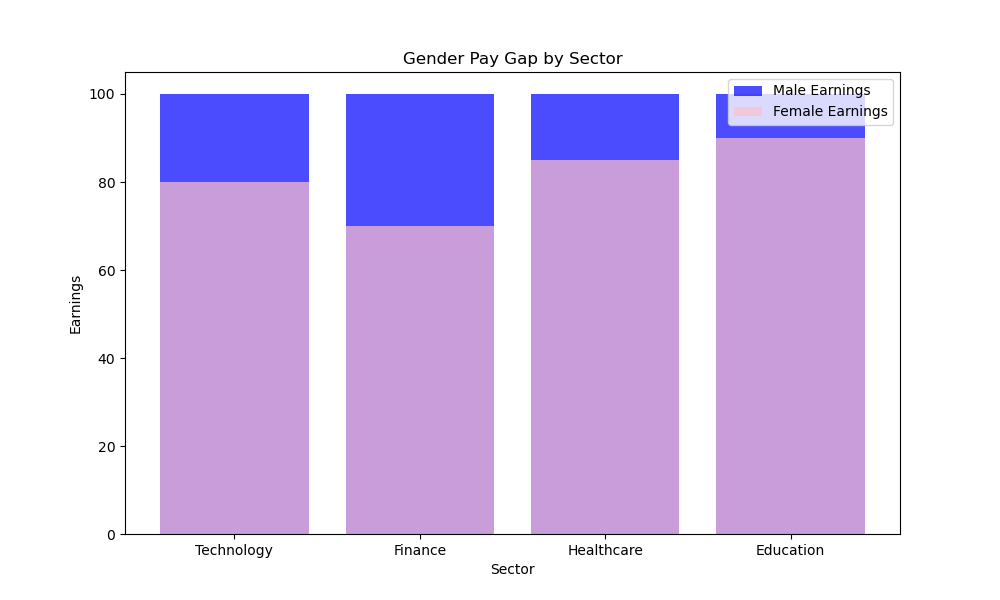
Analysis:
- In the technology sector, women earn only 80% of what men earn.
- The finance sector shows a similar trend with women earning 70% of men’s earnings.
- Healthcare and education sectors also exhibit substantial pay gaps.
References:
- India Today - Report on Gender Pay Gap in Indian Metros
- World Economic Forum - Global Gender Gap Report 2024
Representation in Leadership Roles
Women are underrepresented in leadership roles across all sectors, which further exacerbates gender inequality.
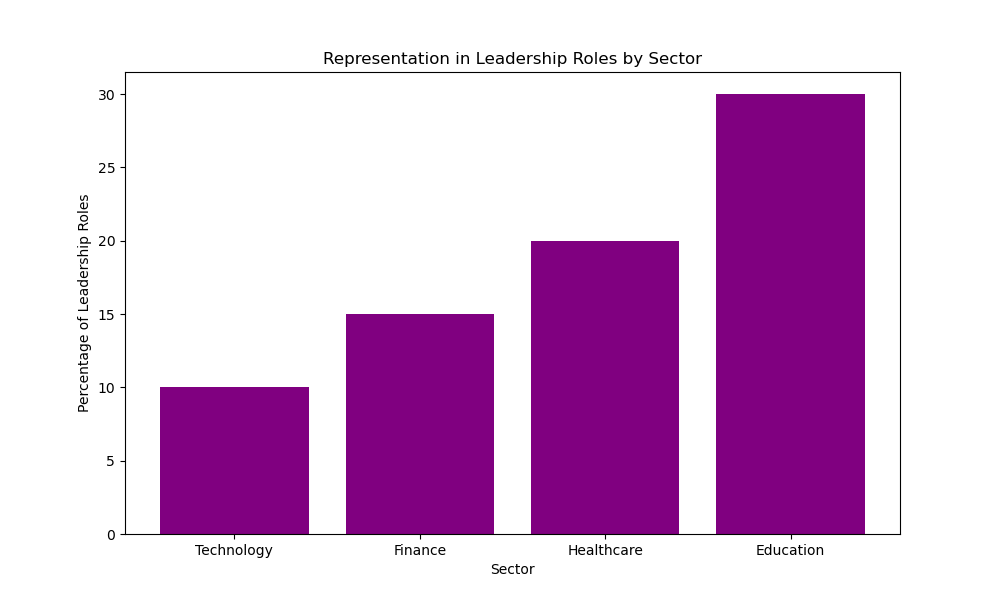
Analysis:
- Only 10% of leadership roles in technology are held by women.
- In the finance sector, women occupy 15% of leadership positions.
- The education sector has the highest representation of women in leadership roles at 30%.
References:
2. Educational Opportunities
Literacy Rates by Gender
Literacy rates among women in India lag behind those of men at every educational level.
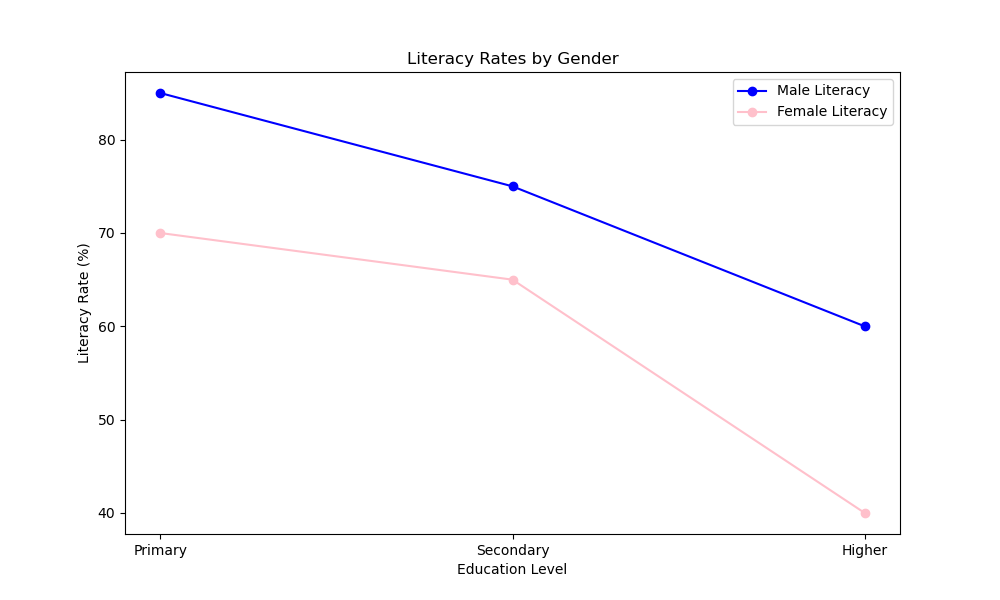
Analysis:
- At the primary level, the literacy rate for women is 70% compared to 85% for men.
- The gap widens at the secondary and higher education levels, with women’s literacy rates at 65% and 40%, respectively.
References:
Enrollment Rates in Higher Education
Enrollment rates in higher education are also lower for women compared to men, indicating barriers to accessing higher education.

Analysis:
- 50% of women are enrolled in higher education compared to 75% of men.
- The secondary education enrollment rates are 70% for women and 85% for men.
References:
- UNESCO - Education for All Global Monitoring Report
- India Today - Report on Higher Education Enrollment
3. Domestic Violence
Reported Cases Over the Years
Domestic violence remains a pervasive issue in India, with reported cases increasing over the years.
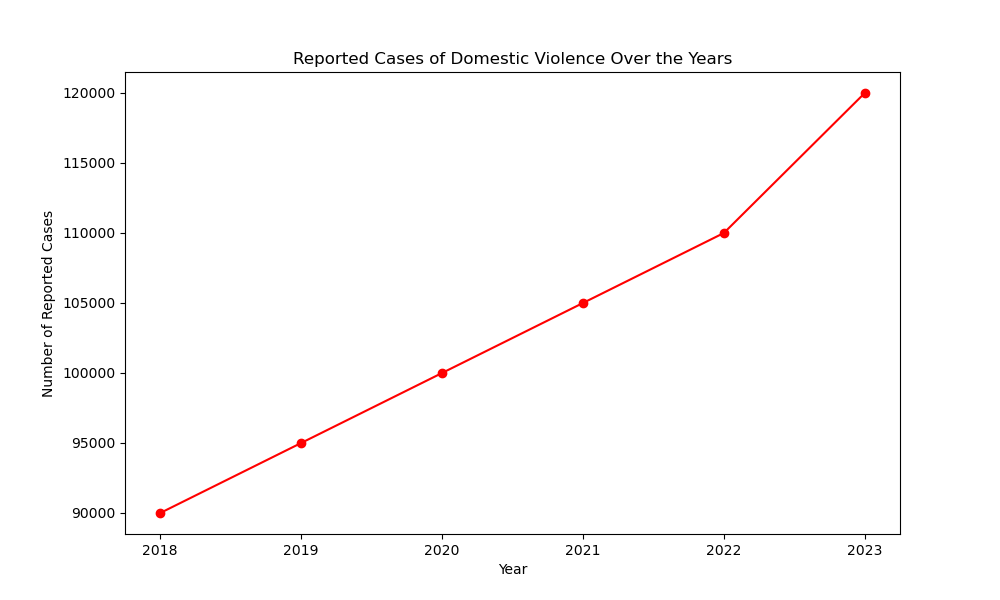
Analysis:
- From 2018 to 2023, reported cases of domestic violence have increased from 90,000 to 120,000.
- This trend indicates a persistent and growing problem that requires immediate attention.
References:
- National Crime Records Bureau (NCRB) - Domestic Violence Report
- India Today - Analysis of Domestic Violence Cases
Support Services Utilization
Despite the rise in reported cases, the utilization of support services remains lower than necessary.
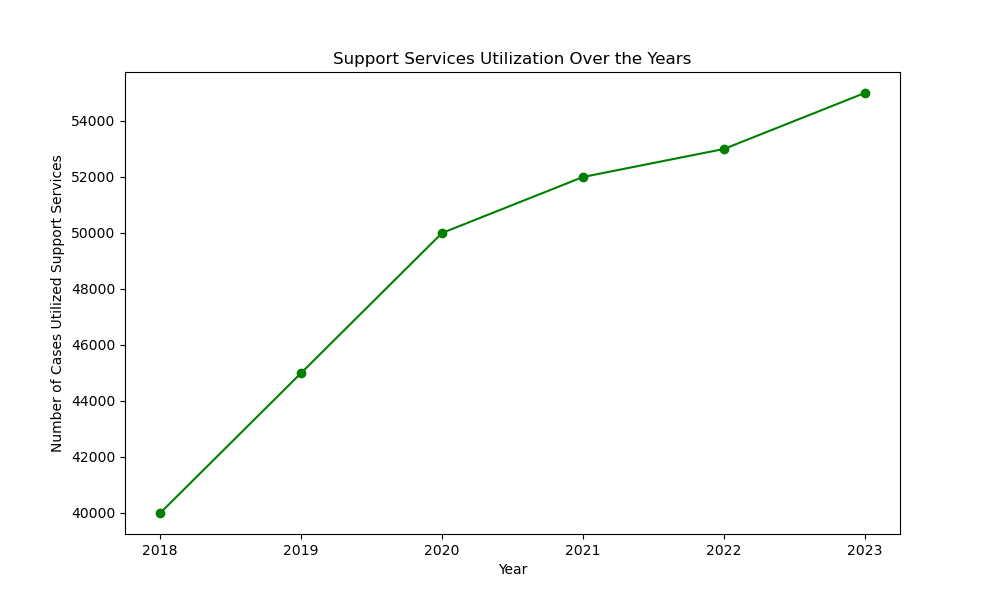
Analysis:
- In 2023, 55,000 women utilized support services out of the 120,000 reported cases.
- This gap suggests that many women either do not have access to these services or are unaware of them.
References:
- National Crime Records Bureau (NCRB) - Domestic Violence Report
- India Today - Analysis of Domestic Violence Cases
4. Healthcare Access
Maternal Mortality Rate by Region
Maternal mortality rates vary significantly by region, with the highest rates in the North and the lowest in the South.
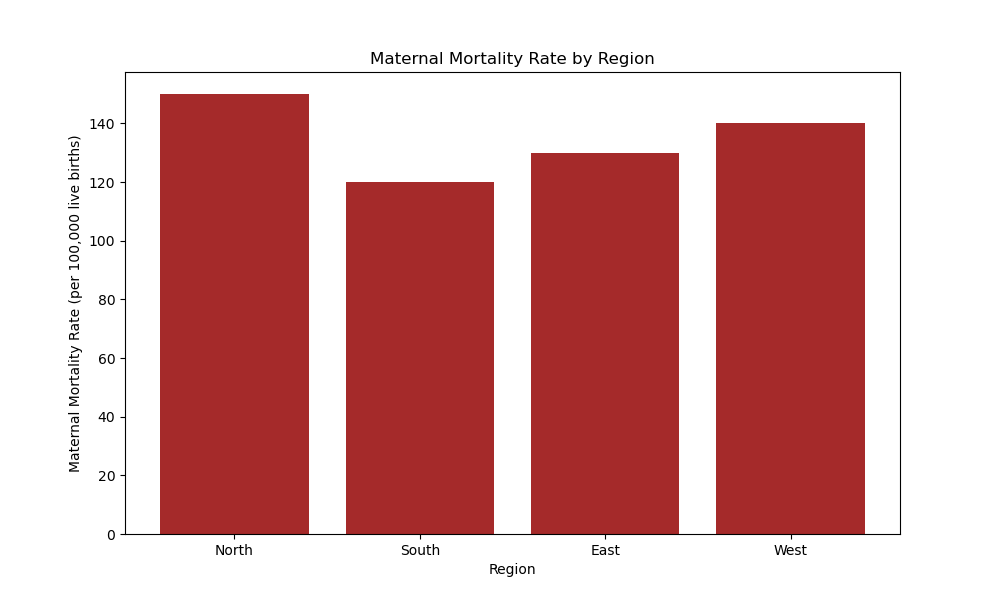
Analysis:
- The North region has a maternal mortality rate of 150 per 100,000 live births.
- The South region has the lowest rate at 120 per 100,000 live births.
References:
- WHO - Global Health Observatory Data
- India Ministry of Health and Family Welfare - Maternal Health Report
Access to Healthcare Services by Gender
Women have less access to healthcare services compared to men across all regions.
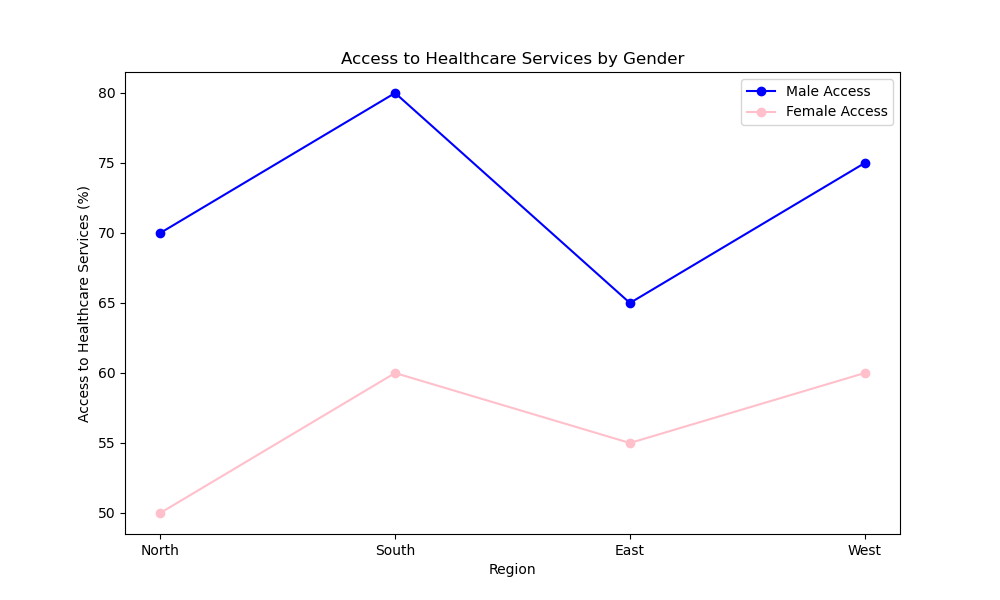
Analysis:
- In the North, 50% of women have access to healthcare services compared to 70% of men.
- The South shows better access rates, with 60% of women and 80% of men having access.
References:
- WHO - Global Health Observatory Data
- India Ministry of Health and Family Welfare - Healthcare Access Report
5. Political Representation
Representation in Parliament and Local Government
Women are underrepresented at all levels of government, with the lowest representation in Parliament and the highest at the local government level.
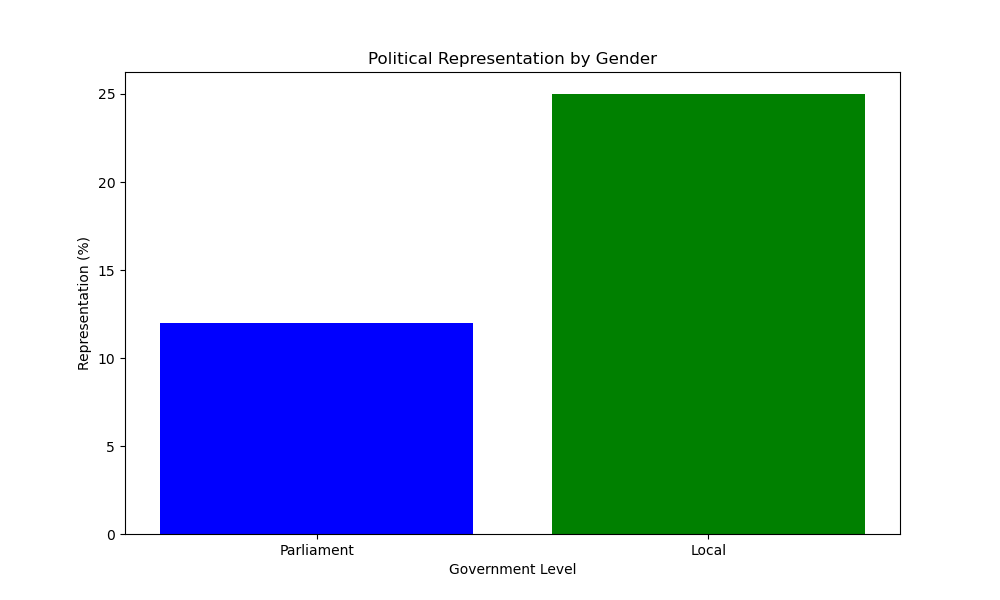
Analysis:
- Women hold only 12% of seats in Parliament.
- Local government shows relatively better representation with women holding 25% of the positions.
References:
- Inter-Parliamentary Union - Women in Politics Report
- Election Commission of India - Women Representation Statistics
Conclusion
The analysis highlights the persistent and multifaceted oppression faced by women in India. Significant gender disparities exist in workplace pay, leadership roles, educational opportunities, healthcare access, and political representation. The increasing reported cases of domestic violence and lower utilization of support services further underscore the need for comprehensive interventions. Addressing these issues requires concerted efforts from policymakers, educators, healthcare providers, and society at large to ensure gender equality and the empowerment of women.
References
- World Economic Forum - Global Gender Gap Report 2024
- India Today - Report on Gender Pay Gap in Indian Metros
- NextIAS - Bridging the Gender Gap in India
- UNESCO - Education for All Global Monitoring Report
- National Crime Records Bureau (NCRB) - Domestic Violence Report
- WHO - Global Health Observatory Data
- Inter-Parliamentary Union - Women in Politics Report
- Election Commission of India - Women Representation Statistics
